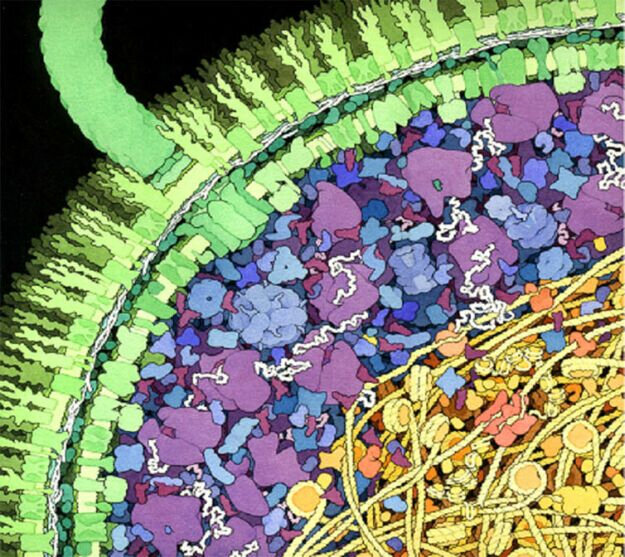Newest Posts

KEEP CALM AND METHYLATE ON
When cells are exposed to acute stresses they react with a series of molecular events collectively termed the 'cellular stress response.' Scientists in the Jaffrey group have revealed a novel method to fine-tuning the specific production of stress response proteins in a process they call m6A cap-independent translation.

MORE THAN JUST A LIQUID
The space inside your cells is quite crowded and many cellular contents are more liquid than solid. How do our cells make sense of all the different interrelated liquid parts that make them up? Phase separation. Phase separation describes the separation of liquids, gasses, and solids (different phases of matter) but it can also refer to the tendency of some liquids to stay separate, like oil and vinegar in a vinaigrette. Liquids like these have inherent chemical differences that make the molecules of one liquid repulsive toward molecules of another liquid but attracted to themselves. Therefore, liquids in this situation like to segregate into separate parts that we can also call phases. The different liquid phases in a mixture can distribute as layers or as droplets of one liquid within another. Cells can concentrate different proteins and nucleic acids into temporary phase-separated liquid droplets that can perform specific tasks to help cells respond to the world around them.
